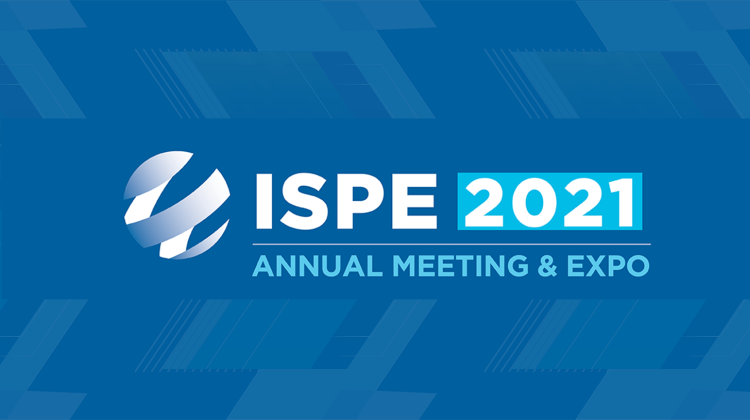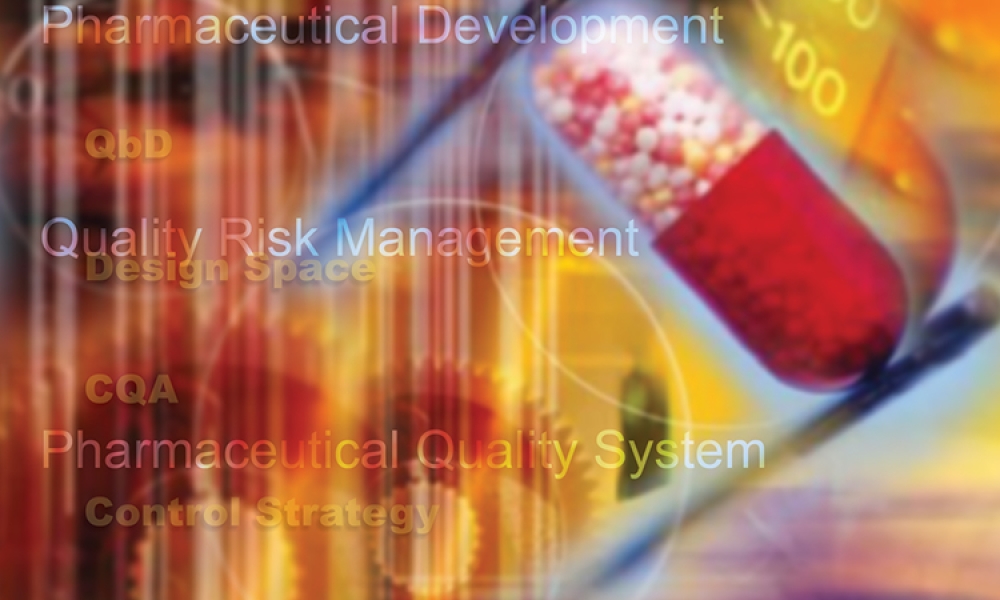2021 ISPE Annual Meeting & Expo: Regulators Weigh in on Pandemic Impact at Global Regulatory Town Hall

The final session of the 2021 ISPE Annual Meeting & Expo was the Global Regulatory Town Hall. It brought together regulators from around the world to provide insights about current issues including harmonization and convergence. This year’s panel session was heavily flavored by inputs about lessons learned by regulators during the pandemic, and what may change (or not) after pandemic.
Ten regulators from US FDA, MHRA, EMA, ANVISA, and WHO responded to questions posed by the Session Moderator, Sarah C. Pope Miksinski, PhD, Senior Director in Regulatory CMC at AstraZeneca. Betsy P. Fritschel, Director, Regulatory Compliance at Johnson & Johnson, was the Session Leader.
Regulators who participated in the panel:
Miksinski noted the importance of building understanding to collaborate, which the panel discussion reflected in the interaction among the panel members and as they shared input. All panelists agreed there are important lessons to be learned from the pandemic, and a key learning was the tremendous value of expanded interactions and communications among regulatory agencies around the world.
Discussion
The following are some highlights from the discussion during the panel session.
In response to questions about learnings from the pandemic, and about what has been the most unexpected lesson learned and/or innovation, the regulators noted the speed of change, flexibility, and other trends.
Gouws observed that in addition to the vaccination efforts, the expanded use of technology for video interactions was notable: for communicating with teams, inspections, and broad interactions by regulators with other regulators to contact each other for advice, information, and shared data. She observed that memoranda of understanding, joint inspections, and confidentiality agreements were quickly written and finalized. She noted the support of the pharmaceutical industry in embracing virtual interactions.
Conocchia said the speed with which products were being authorized (EMA had a process that it adopted for this) was notable. He explained that very early communications and information sharing between regulators and manufacturers was very helpful.
Maguire remarked on the multiple tools applied for surveillance and knowing which is fit for purpose and how to use these effectively, including records retention requests usage, remote evaluations, remote video assessment, and how sampling and testing were done. A greater reliance on other regulatory agencies and information sharing were part of the changes.
The next topic for discussion was pandemic learnings related to inspections and remote evaluations and how regulators adapted.
Norton indicated that preparation was most important, including pre-requests to sites, giving time to respond to requests, and using file transfer systems to move information. This was useful for managing the process that otherwise could run a lot longer than usual for inspections. Spending more time online was helpful and less stressful for the facility. Asking facilities for what the regulators want to see and guiding them through was most helpful, as was clarifying requests. Good Wi-Fi on both ends is needed to be able to make sure cameras and live streams can perform.
Ramanadham said the speed of innovation when it became necessary was amazing, and the many tools were very helpful plus international collaboration. But despite the help from such tools and the access and efficiency they have brought, sometimes live inspections must be done, such as for a new facility. Regulators need to figure out after the pandemic what learnings and utilization tools may be used to maintain regulatory oversight, capabilities, and mission.
Gooen Bizjak agreed that additional communication and use of interactive virtual tools have been very helpful, though paper records may not always fully represent what is happening on a site. She suggested that this information can be very valuable, but considering how to integrate it into the work is needed. On the policy side, she said the FDA worked to write and publish very focused policy and guidance that published quickly, which was a lesson learned as well. While guidance was focused, she said that focus may mean the guidance was not as comprehensive as in ordinary times.
Conocchia pointed out that distant assessments for GMP compliance were helpful, as were interactions with partner regulators and being able to make use of some of their inspections. Considering these actions after the pandemic for hybrid inspection may be helpful, and he agreed distant assessment may not be possible at times due to difficult or complex manufacturing processes or time zone and language differences.
The next area explored was next steps and potential challenges to timely and full implementation of ICH Q12 in the regulators’ regions.
Pereira said Q12 is a very important tool postpandemic to deal with the workload for postapproval changes. Some areas are harder to implement than others, and overall adopting Q12 will need a change of culture and life-cycle management of products by all regulatory agencies.
Ramanadham observed that the FDA has draft guidance available now for Q12 and believes this will help applicants; engaging early with the FDA is also helpful. In response to a follow up question about opportunities for further convergence among regulators for Q12 implementation, he said feedback from the draft guidance will help learning by FDA and other regulators. Much was learned from the pilot, he said, more details will be coming as more experience is gained, and assessors and investigators will increase their comfort level.
Discussion followed about initiatives on reliance including remote inspections by the International Coalition of Medicines Regulatory Authorities (ICMRA) and Pharmaceutical Inspection Co-operation Scheme (PIC/S).
Gouws noted an ICMRA working group on remote inspections is expected to publish a reflection paper later this month on remote inspections and regulators’ adaptations to the pandemic’s challenges. She noted this will not be a guideline document, but will indicate what regulators have been experiencing and what has worked (or not).
Norton said a working group at PIC/S is addressing remote access, and anticipating the forthcoming ICMRA document. Defining terminology will be an important issue for convergence and harmonization, he noted. Gouws agreed about the importance of defining terminology, and wondered if validation of remote inspection could come sometime in the future.
A question was posed to Maguire of the FDA about any feedback available on the FDA quality metrics program and next steps/timing.
Maguire acknowledged the industry’s desire for revised guidance on quality metrics. Much was learned through the pilot program, and she said learnings will be incorporated into program development and FDA is exploring best ways to communication updates to the program, whether guidance, RFI, or some other vehicle. She said it was very likely that some details would be shared in 2022, and encouraged the industry to proceed with quality metrics programs in their organizations.
A question was posed to the FDA and EMA about pandemic-related compliance and any other new or emerging global compliance issues.
Gooen Bizjak said that data integrity issues were issues both before and during the pandemic. During the pandemic, challenges can arise with periods of high absenteeism and the potential for lack of documentation, which should have awareness and monitoring, she said. Sustainable compliance and encouraging companies to think about maintaining compliance; cleaning and prevention of cross-contamination between products; and ductwork in cross contamination are other issues. She also noted that clarity is needed in quality agreements between manufacturers and contracting operations to make clear which party is responsible for specific activities.
On the EMA side, Conocchia said they are seeing the same concerns about deficiencies in inspections that Gooen Bizjak cited. In addition, detection of impurities such as nitrosamine is another issue that needs to be controlled and minimized. Consideration of manufacture at point of care is one issue raised by Rees that may help in future pandemic response.
The final question of the session came from the audience, asking the regulators how the industry can help regulators to achieve their agencies’ missions. Miksinski posed an additional query about what one thing do the regulators wish people know about what they do as regulatory authorities.
Ramanadham said working together will help to meet the mission of taking care of patients, and he noted forums such as this panel allow regulators to talk about what they are learning and also create connections on what is being built from those learnings. Rees noted that engaging early in forums like this one can bring people together and distill issues. If all make their best efforts to do the right thing and focus on what industry really wants such as more or different guidance, and if that can be brought out, it would be a great step forward.
Disclaimer
This is an abridged, unofficial summary of regulators’ remarks during a panel session at the 2021 ISPE Annual Meeting & Expo that has not been vetted by any regulator or agency. The content is an informal and brief synopsis of discussion during the panel session, and does not represent official guidance or policy of any agency or regulatory organization.













